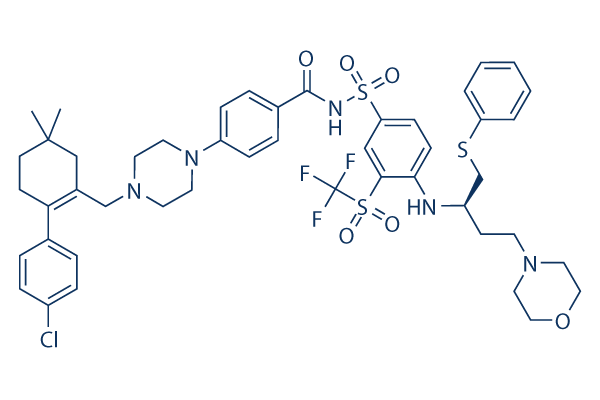The response was to start with incubated at 50 C for 2 min, then at 95 C for ten min, followed by forty cycles of 95 C for 15 sec and 60 C for 1 min. Every single true time quantitative RT PCR was performed by using an ABI PRISM 7900HT Sequence Detection Method as described previously, Briefly, DNase treated total RNA was reverse transcribed by using a random hexamer primer and Superscript reverse transcriptase, The cDNA equivalent to 50 ng complete RNA was PCR amplified. The PCR primers and TaqMan probes implemented are as follows. Pseudomonas aeruginosa, an opportunistic pathogen, brings about infections connected with substantial inci dences of morbidity and mortality in immunocomprom ised hosts. P.
aeruginosa colonizes the decrease respiratory tract in patients resulting in bronchiectasis, cystic fibrosis, selleckchem and chronic obstructive pulmonary disease, The pathogen features a broad host array, which generates a big number of extracellular products like elastase and alkaline protease, LasA protease, hemolysin, rhamnolipid, and pyocyanin, These extracellular products alter host cell function and could contribute to ailment pathogenesis. Among recognized virulence factors, the redox lively phenazine PCN, a blue redox active secondary metabol ite, plays a vital position in invasive pulmonary infec tion. Early studies have proven that PCN causes a variety of effects on human cells, this kind of as inhibition of cell respiration, ciliary function, epidermal cell growth, and prostacyclin re lease. Furthermore, PCN alters calcium homeostasis, caus ing harm to human cells.
Current scientific studies have confirmed that PCN can alter the hosts immune response and in crease IL 1 and TNF secretion induced by monocytes. PCN also can inhibit the bodys precise immune response to clear out pathogens, lengthen the NSC 74859 solubility time restrict or prevent the infection of bacterial clearance, and boost secretion of inflammatory mediators from the physique which can produce ad verse reactions. Studies have also proven that PCN and its precursor, promethazine one carboxylic acid, alter the hosts immune response by adjusting the RANTES and IL eight amounts, and that in the wide variety of respiratory cell lines and main cell cultures, PCN stimulation may cause the release of IL eight, IL one and IL six, accom panied by increased levels of IL 8 mRNA. PCN also acts in synergy with IL one, IL 1B and TNF to induce IL 8 expression in human airway epithelial cell lines, In contrast to its effects on IL 8 expression, PCN inhibits cytokine dependent expression on the monocyte macrophage T cell chemokine RANTES.
It truly is achievable the inhibition could trigger inflammation of mononuclear macrophage and T cell influx to subside.  Alveolar macrophages are sizeable defense cells and inflammation regulatory cells which switch on multipli city mediators of They may be extra conserved than OBPs and are characterized from the presence of four cysteines that type two disulfide bridges.
Alveolar macrophages are sizeable defense cells and inflammation regulatory cells which switch on multipli city mediators of They may be extra conserved than OBPs and are characterized from the presence of four cysteines that type two disulfide bridges.
Mirna Mimics
miRNA inhibitors for single or high throughput silencing
